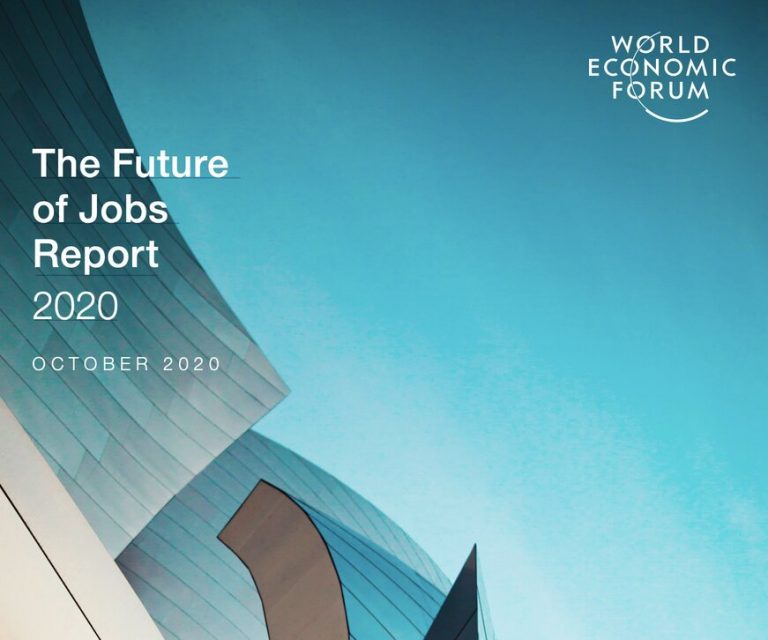WEF estimates that by 2025, 85 million jobs may be displaced by a shift in the division of labour between humans and machines, while 97 million new roles may emerge that are more adapted to the new division of labour between humans, machines and algorithms.
The Future of Jobs Report 2020 aims to shed light on: 1) the pandemic-related disruptions thus far in 2020, contextualized within a longer history of economic cycles, and 2) the expected outlook for technology adoption jobs and skills in the next five years
Despite the currently high degree of uncertainty, the report uses a unique combination of qualitative and quantitative intelligence to expand the knowledge base about the future of jobs and skills. It aggregates the views of business leaders—chief executives, chief strategy officers and chief human resources officers–on the frontlines of decision-making regarding human capital with the latest data from public and private sources to create a clearer picture of both the current situation and the future outlook for jobs and skills
The report also provides in-depth information for 15 industry sectors and 26 advanced and emerging countries. Building upon the Future of Jobs methodology developed in 2016 and 2018, this 2020 third edition of the Future of Jobs Report provides a global overview of the ongoing technological augmentation of work, emerging and disrupted jobs and skills, projected expansion of mass reskilling and upskilling across industries as well as new strategies for effective workforce transitions at scale
The top skills and skill groups which employers see as rising in prominence in the lead up to 2025 include groups such as critical thinking and analysis as well as problem-solving, and skills in self-management such as active learning, resilience, stress tolerance, and flexibility.
Here are my favourite takeaways from reading the World Economic Forum’s Future of Jobs Report 2020:
